There’s something truly magical about the way a cat curls up in your lap, purring contentedly as if the whole world has melted away. But behind those mesmerizing eyes, is your feline friend soaking up genuine love, or are they simply savoring the attention you offer? For devoted cat lovers, this question isn’t just a curiosity—it tugs at the heart. Do cats have the emotional depth to know love, or do they just enjoy the spotlight? Let’s unravel the fascinating mystery of whether our whiskered companions truly understand the difference between love and attention.
The Mysterious World of Feline Emotions
Cats have enchanted humans for centuries with their blend of independence and affection. Their emotional world is more complex than many believe. While dogs wear their hearts on their sleeves, cats keep their feelings hidden, leaving us to wonder what’s happening inside. Some experts say cats feel a range of emotions, from joy to frustration. Their subtle cues—like a slow blink or a gentle head bump—hint at a rich inner life. But does this emotional spectrum include an understanding of love as separate from mere attention? That’s the puzzle every cat owner wants to solve.
What Is Love in the Cat World?
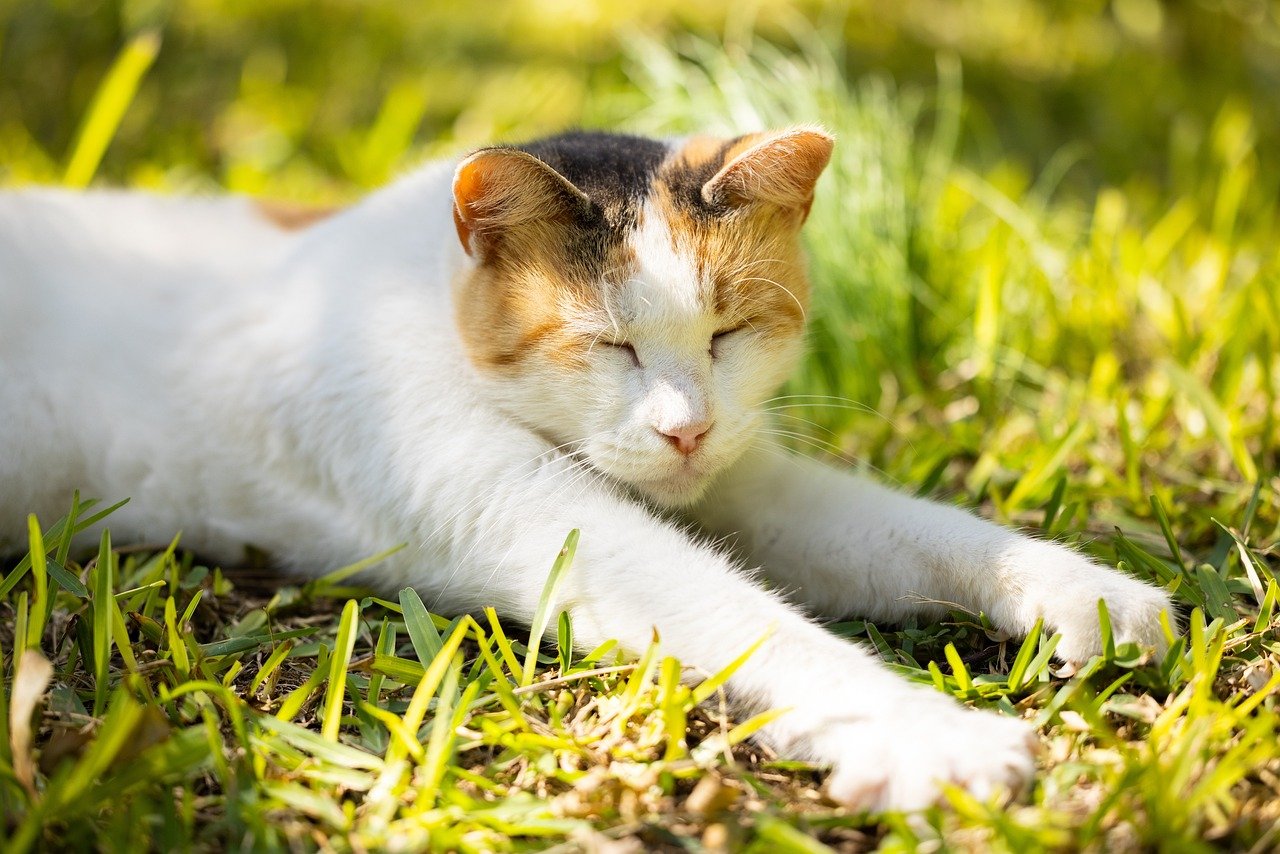
Love, for humans, is deep and enduring—a feeling that goes beyond simple comfort or care. But for cats, love may look different. Often, it’s shown through loyalty, trust, and the desire to be close. When your cat follows you from room to room or kneads your lap, it’s not just seeking warmth. These are signs of deep attachment, the feline version of love. Cats form social bonds in their own way, sometimes with people, sometimes with other cats. Their love may be quieter than a dog’s but no less real to those who know what to look for.
Attention: The Cat’s Viewpoint
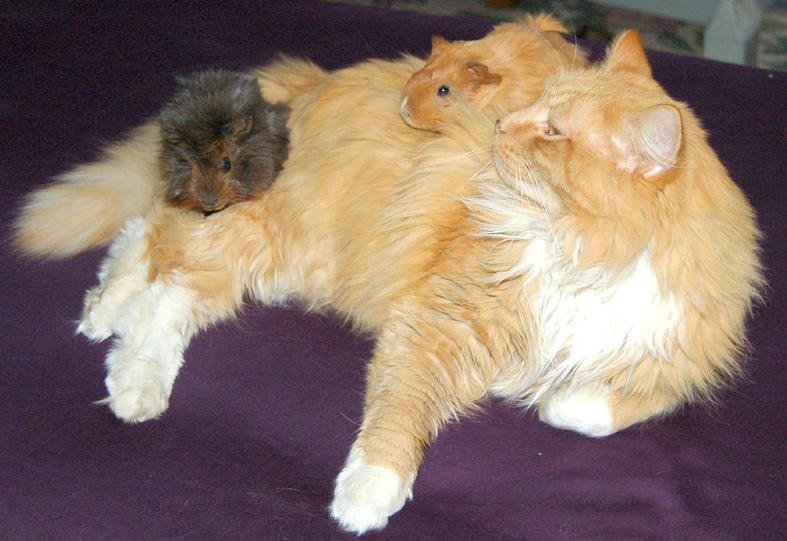
Attention can mean many things to a cat: playtime, petting, treats, or simply being noticed. Some cats are social butterflies, craving interaction. Others prefer solitude, only seeking attention on their terms. For many cats, attention is a currency—they’ll do tricks, meow, or rub against you to get it. But unlike love, attention is fleeting. It satisfies a momentary need, like hunger or boredom. Still, every cat loves to be acknowledged, even if just for a moment.
Body Language: The Truth-Teller
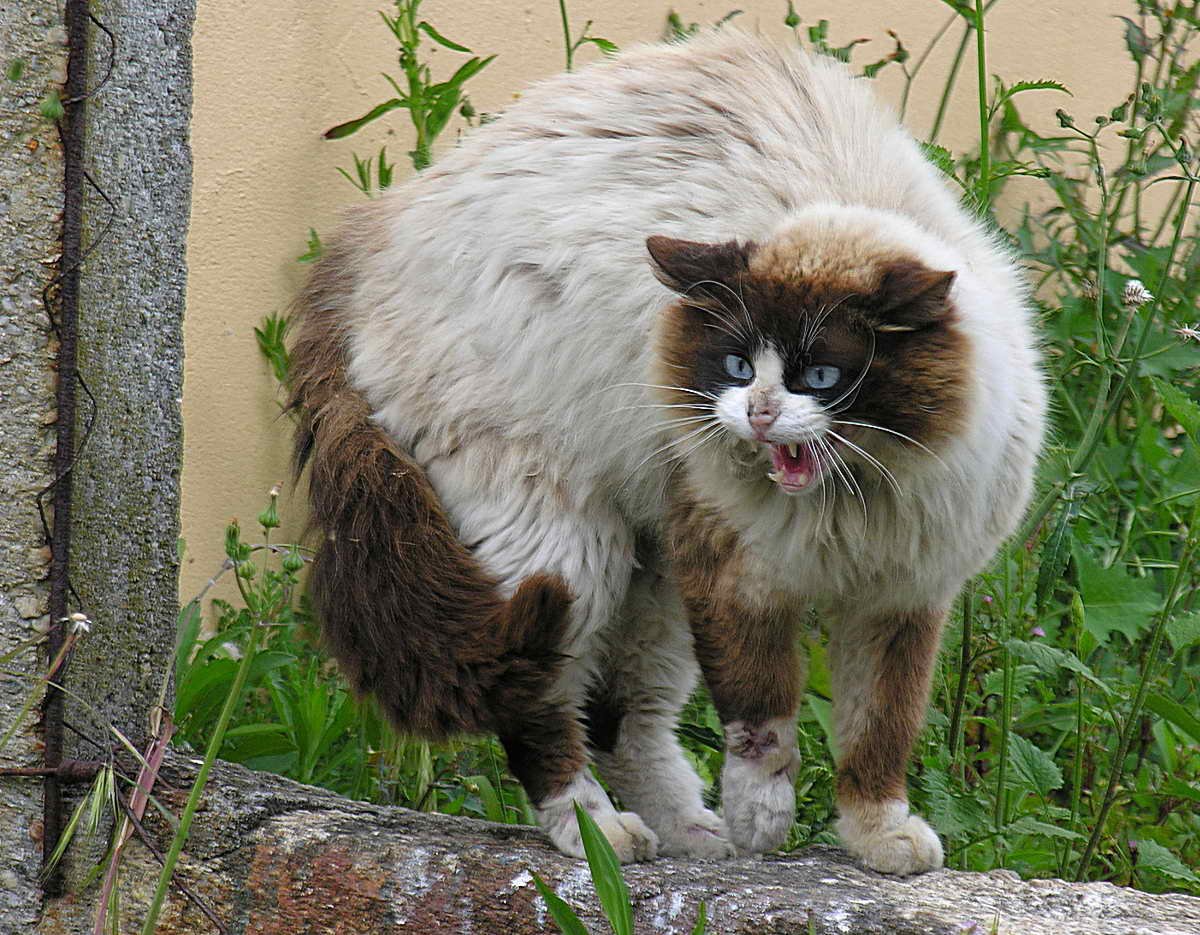
Cats speak volumes through their bodies. A tail held high, slow blinks, and gentle head butts are classic signs of trust and affection. On the other hand, a twitching tail or flattened ears signal annoyance, even if you’re showering them with attention. Observing these subtle cues helps you tell whether your cat is basking in love or just tolerating your touch. The way a cat positions itself around you can reveal whether you’re a beloved companion or just a convenient source of entertainment.
Purring: Love, Attention, or Both?
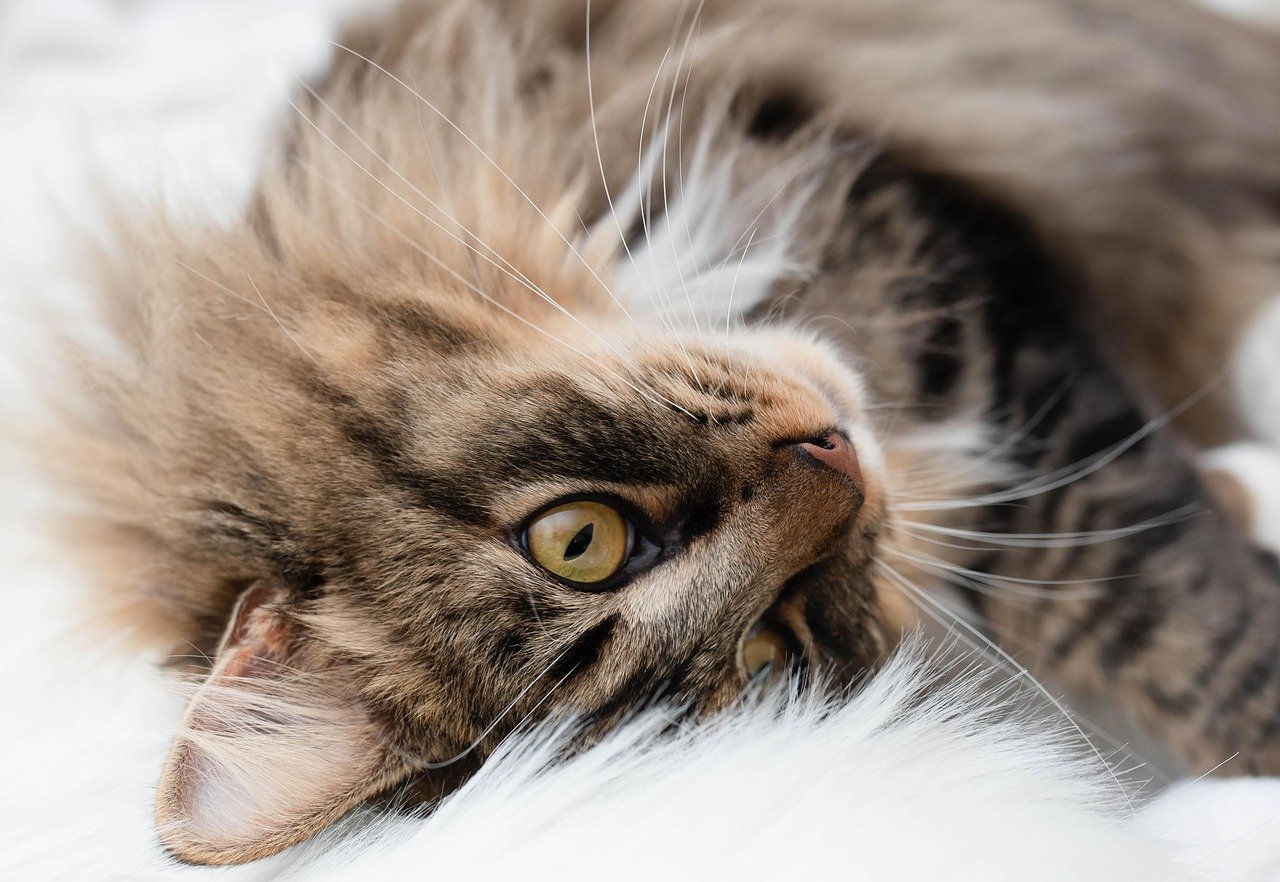
Few sounds are as soothing as a cat’s purr. But what does it really mean? While many believe purring is a sure sign of love, it can also signal contentment, pain, or even a request for attention. Cats sometimes purr when alone, which suggests it’s not always directed at humans. However, when your cat curls up in your lap and purrs, it’s hard not to feel a connection. In truth, purring is a multi-purpose tool—a way to express satisfaction, seek comfort, and yes, sometimes show love.
Following You: A Sign of Devotion?
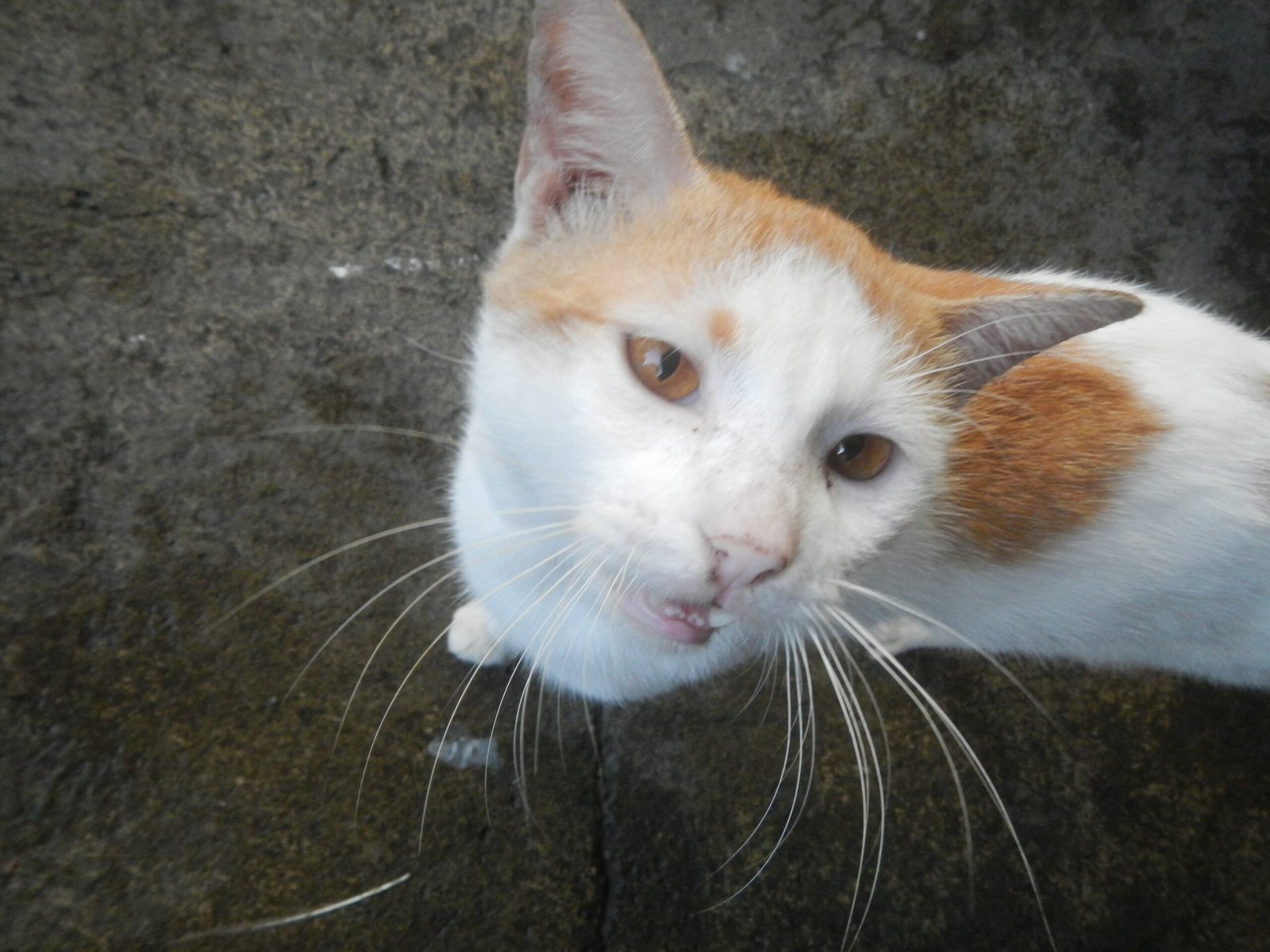
Does your cat shadow your every step, weaving between your legs or waiting outside the bathroom door? This behavior often signals attachment. Cats that follow their humans are usually seeking more than just attention—they want to be near someone they trust. This devotion can be a sign of love, rooted in the bond you’ve built over time. It’s as if your presence alone brings them comfort, a quiet declaration of affection in the language of cats.
Gift-Giving: A Feline Gesture of Affection
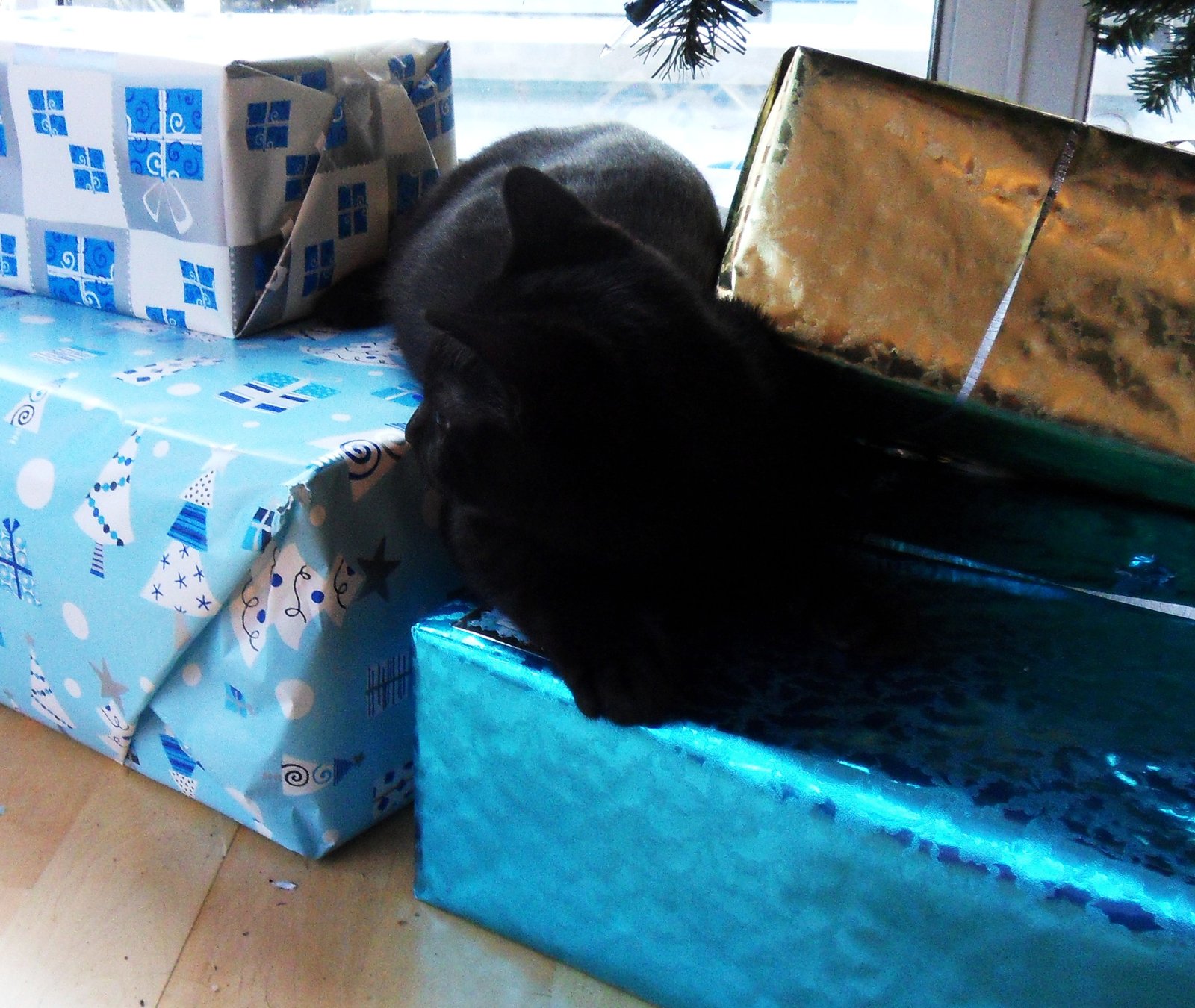
Many cat owners have received a “gift” from their feline—a toy, a sock, or even the occasional unfortunate mouse. While this might seem strange, it’s actually a sign of trust and affection. In the wild, mother cats bring prey to their kittens as a lesson and a gift. When your cat brings you something, it’s showing you care, in its own unique way. These offerings are more than just attention-seeking; they’re tokens of the bond you share.
Kneading: A Comforting Connection
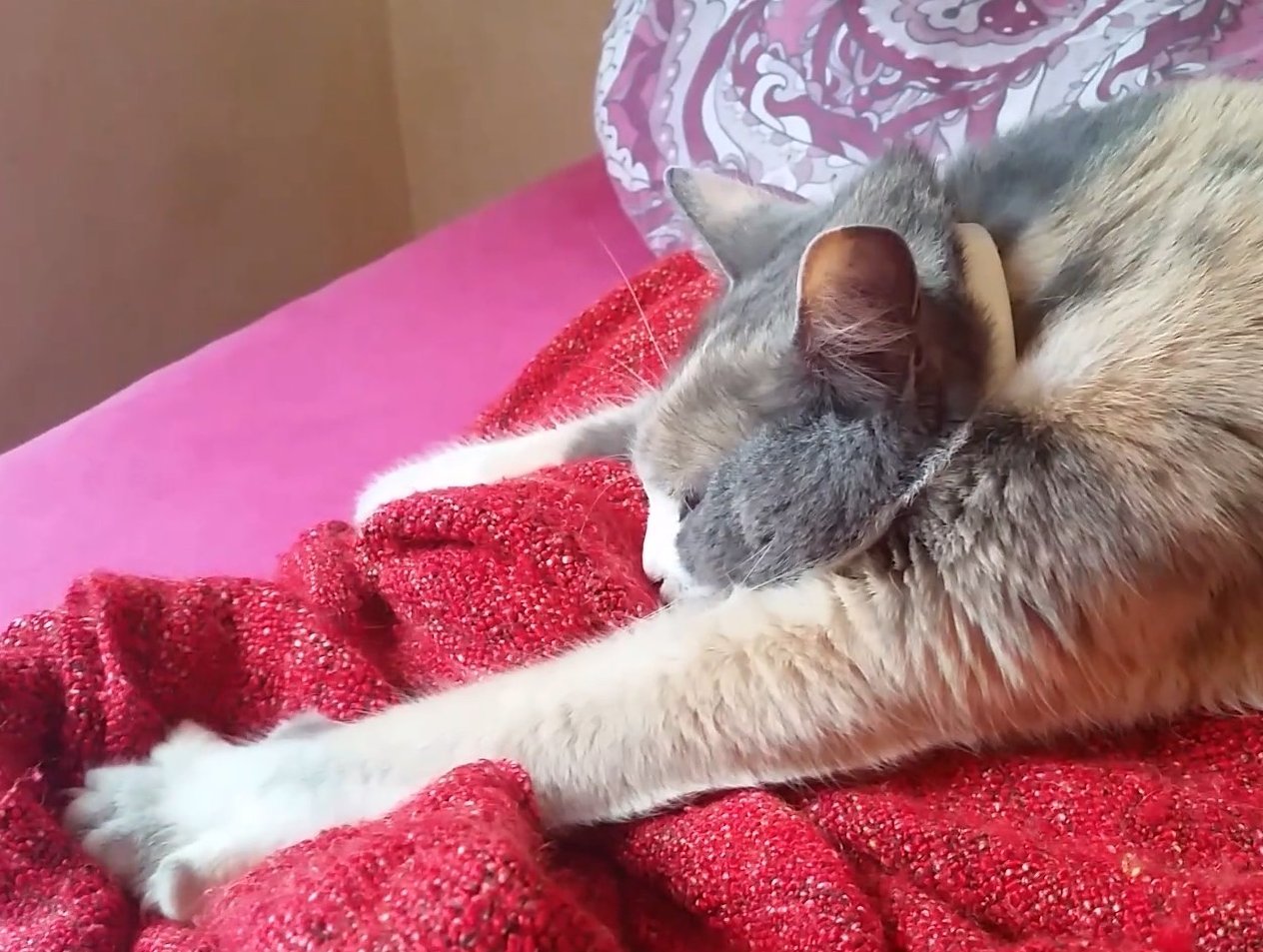
When a cat pushes its paws in and out on your lap, it’s engaging in a behavior called kneading. This action harks back to kittenhood, when kittens knead their mothers to stimulate milk flow. Adult cats knead when they feel safe and content, often with people they trust. It’s a deeply comforting act, a sign that your cat feels loved and secure. While attention might trigger kneading, it’s usually reserved for those your cat feels truly bonded with.
Head Bumps and Nose Touches
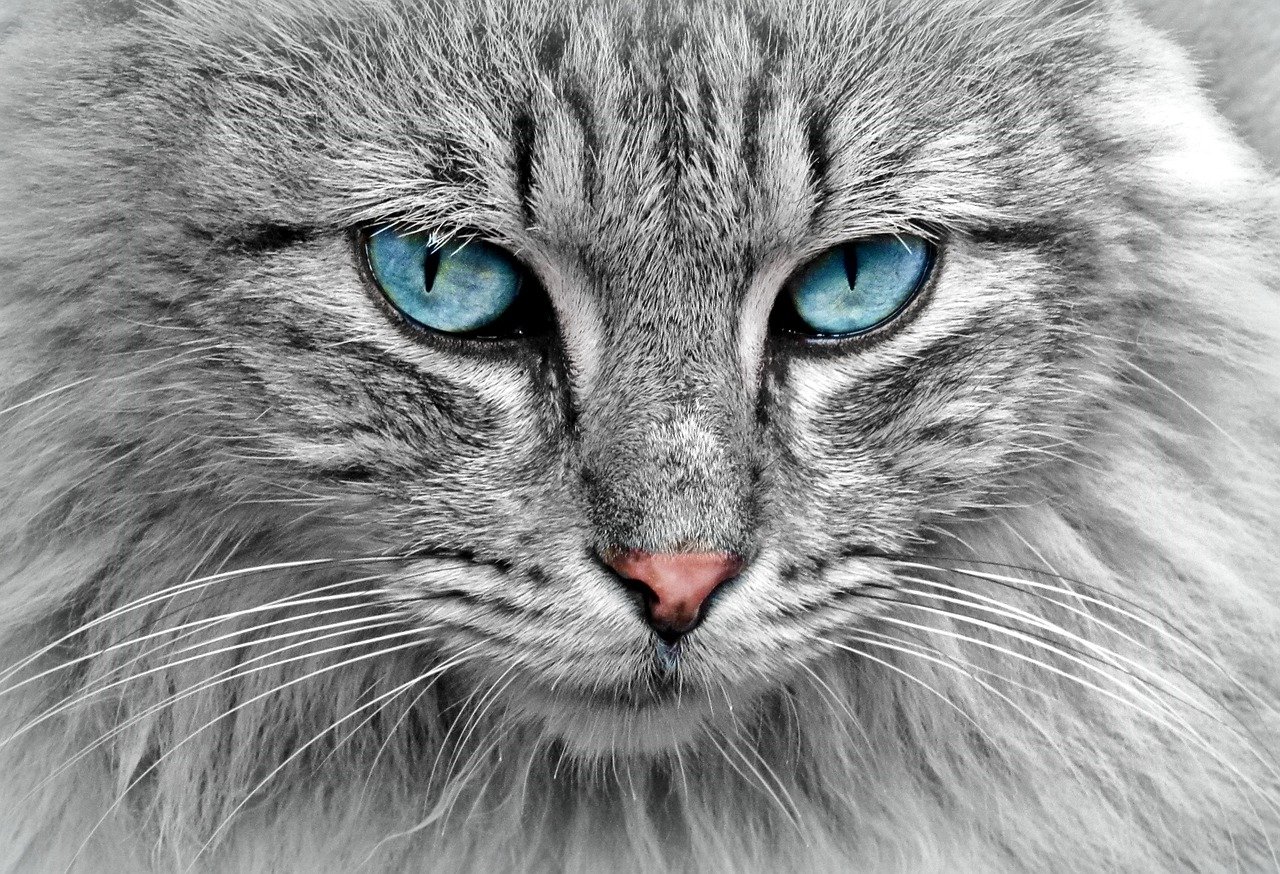
A gentle head bump or a soft nose touch is one of the most heartwarming gestures a cat can offer. In feline society, these behaviors are reserved for close companions. When your cat greets you with a head bump, it’s marking you with its scent, claiming you as part of its family. This isn’t just a request for attention—it’s a declaration of trust and affection, a silent way of saying, “You belong to me.”
Slow Blinking: The Cat’s Kiss
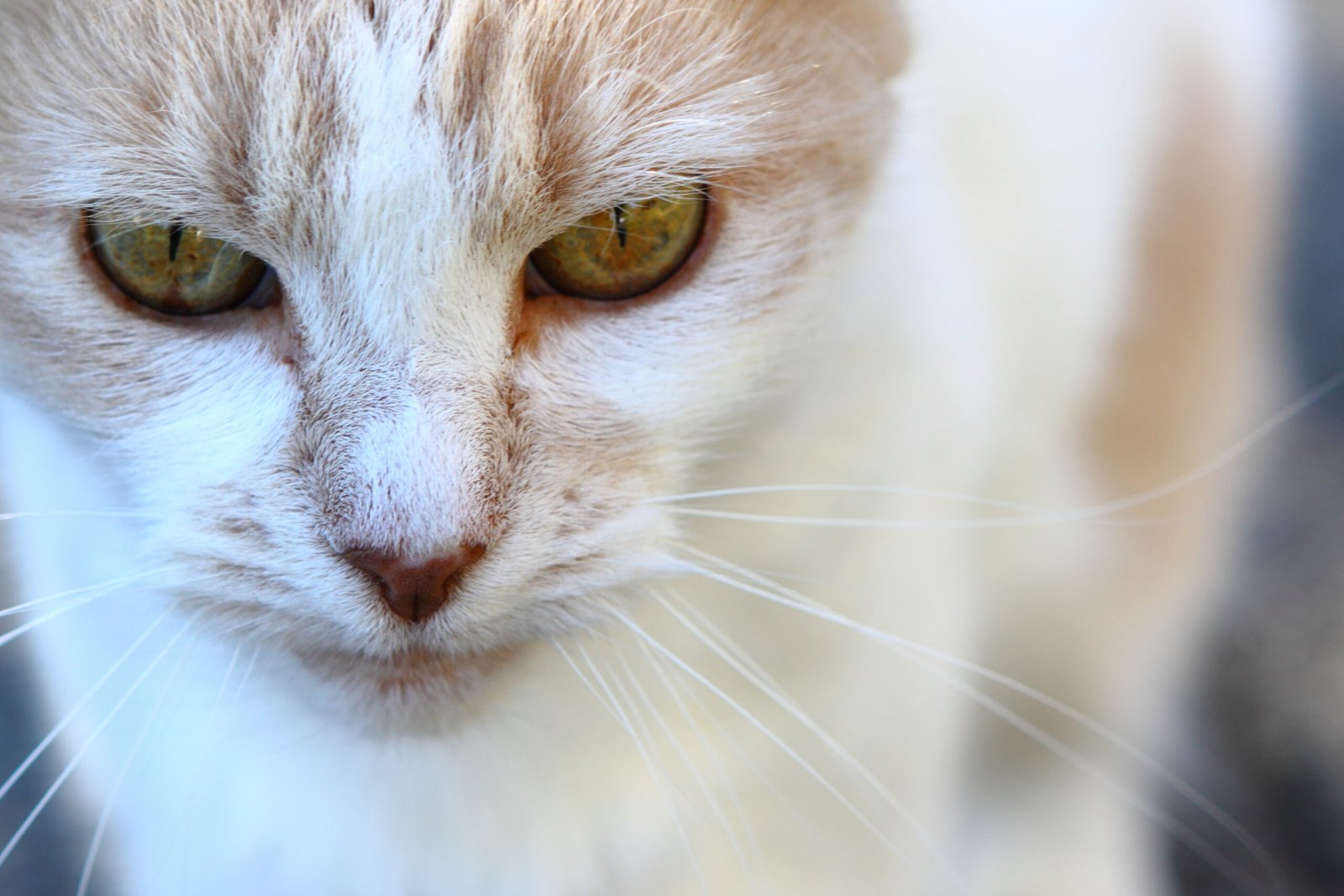
Have you ever caught your cat gazing at you and slowly closing its eyes? This “slow blink” is often called the cat’s kiss. In the feline world, closing one’s eyes in another’s presence is a sign of trust. When your cat offers you a slow blink, it’s a gentle way of expressing comfort and affection. Returning the gesture can strengthen your bond, creating a silent conversation built on love rather than mere attention.
Vocalizations: Talking to Their Favorite Human

Cats have an entire vocabulary of meows, chirps, and trills they use to communicate with humans. Interestingly, adult cats rarely meow at each other—these sounds are mainly reserved for us. Some cats are chatty, using their voices to demand attention or express joy at your return. But when your cat greets you with a soft trill or delicate meow, it’s often a sign of affection, a way of saying, “I’m happy you’re here.”
Grooming: Sharing the Love
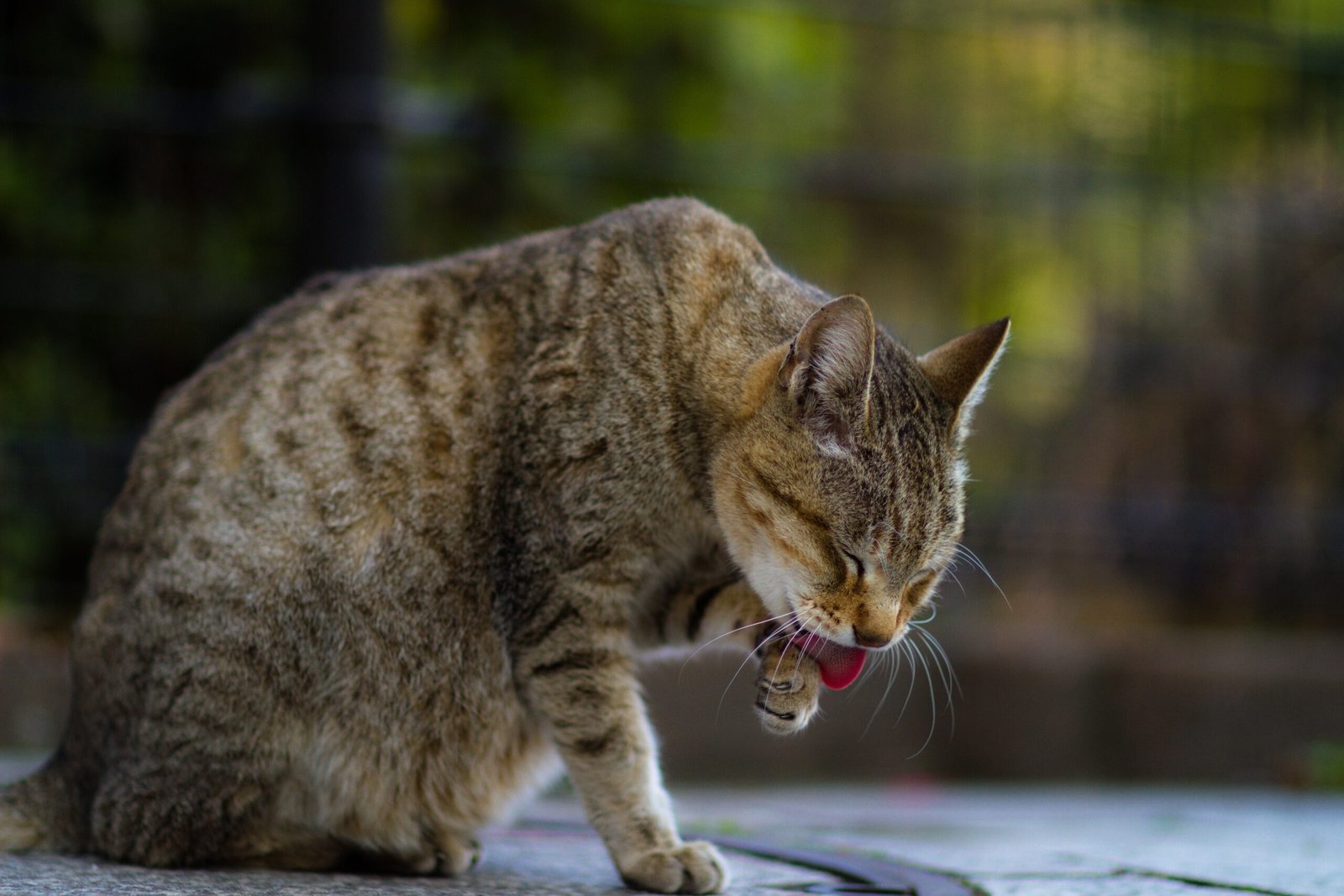
If your cat ever licks your hand or face, consider it a compliment. In the wild, cats groom those they’re closest to, strengthening social bonds. When your cat grooms you, it’s treating you like family. This isn’t just about attention—it’s a sign of deep trust. Grooming is soothing for cats, and sharing it with you means you’re truly part of their inner circle.
Seeking Security: Curling Up with You
When a cat curls up beside you or sleeps on your chest, it’s seeking more than just warmth. This behavior shows your cat feels safe and protected in your presence. Cats are vulnerable when they sleep, so choosing to rest near you is a powerful sign of trust. It’s a quiet way of saying, “I feel loved and secure with you.” While attention might bring them close, love keeps them there.
Jealousy: Do Cats Feel It?
Some cat owners have noticed their pets acting out when attention is given to someone else—be it another cat, a dog, or even a human. Jealousy in cats can manifest as sulking, mischief, or even aggression. This possessiveness hints at a deeper emotional connection. It’s not just about wanting attention; it’s about wanting exclusive access to your affection, suggesting an understanding of love’s special place.
Recognizing Their Favorite Person
Many cats form a special bond with one person in the household. They’ll seek out this individual for cuddles, play, and comfort. This favoritism goes beyond attention-seeking; it’s a sign the cat has chosen someone to trust and love. While they may accept attention from others, their loyalty to their chosen human is unmistakable. This selective attachment is one of the clearest signs that cats can differentiate love from mere attention.
Separation Anxiety: Missing Their Human
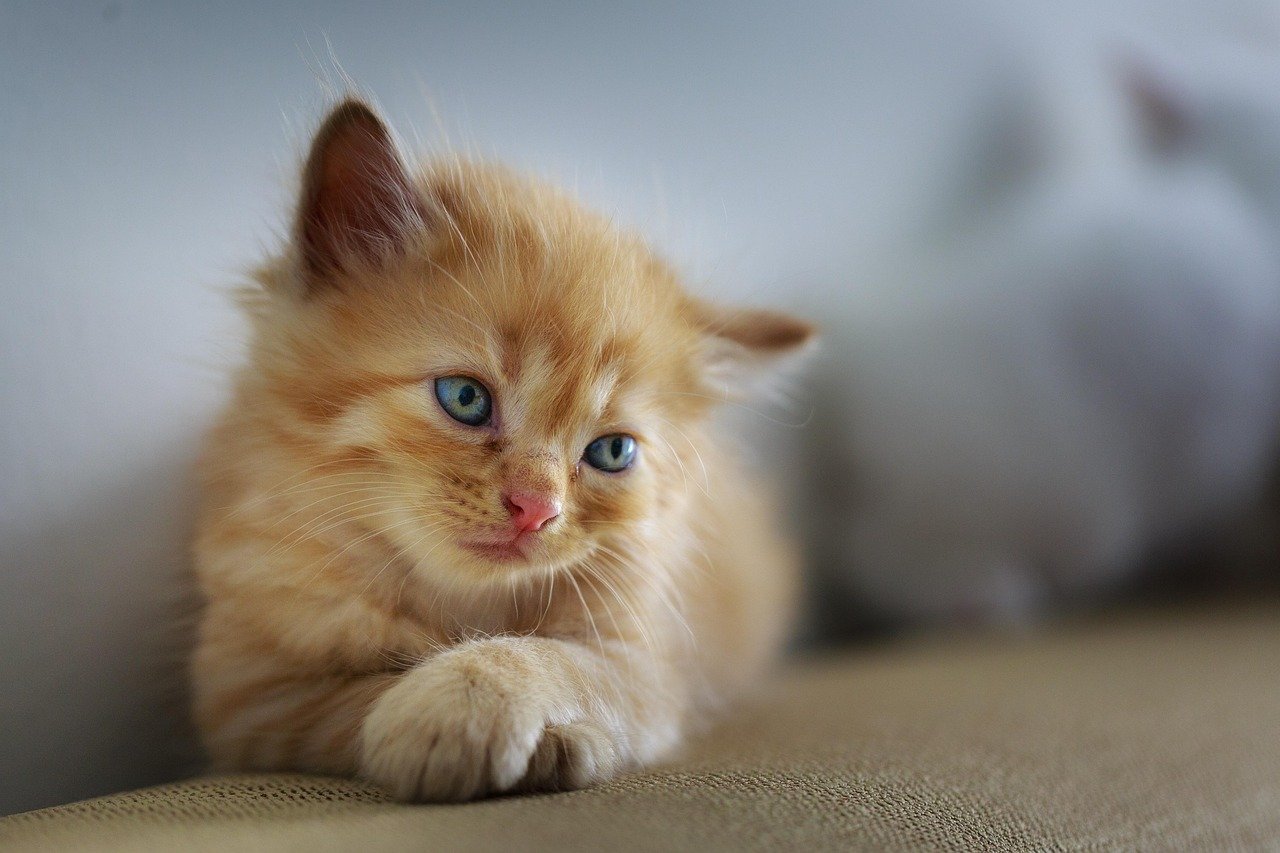
Cats may have a reputation for independence, but many experience anxiety when separated from their favorite people. Signs include excessive meowing, destructive behavior, or loss of appetite. This distress is more than a craving for attention—it’s a response to missing someone they love. The emotional impact of separation shows just how deeply cats can bond with their humans.
Indifference: When Attention Isn’t Enough
Have you ever tried to pet your cat, only to have them walk away with their tail in the air? This indifference is a clear message: attention alone isn’t enough. Cats crave genuine connection and respect for their boundaries. When they ignore your advances, it’s not a rejection of love—it’s a reminder that affection must be mutual and authentic. Forced attention rarely wins their hearts.
Playtime: Bonding Through Fun
Engaging your cat in play isn’t just about burning energy. Playtime builds trust and strengthens your relationship. Cats use play to mimic hunting, and when you join in, you become their partner. This shared activity fosters joy, connection, and yes, love. While attention is part of the equation, it’s the shared experience that cements your bond.
Routine and Rituals: The Comfort of Consistency

Cats thrive on routine—mealtimes, play, and cuddles all have their place. These rituals aren’t just about attention; they create a sense of security and predictability. When your cat waits at the door or greets you after work, it’s celebrating the consistent love and care you provide. Routines deepen your bond, turning everyday moments into expressions of love.
Touch Versus Presence: More Than Just Petting
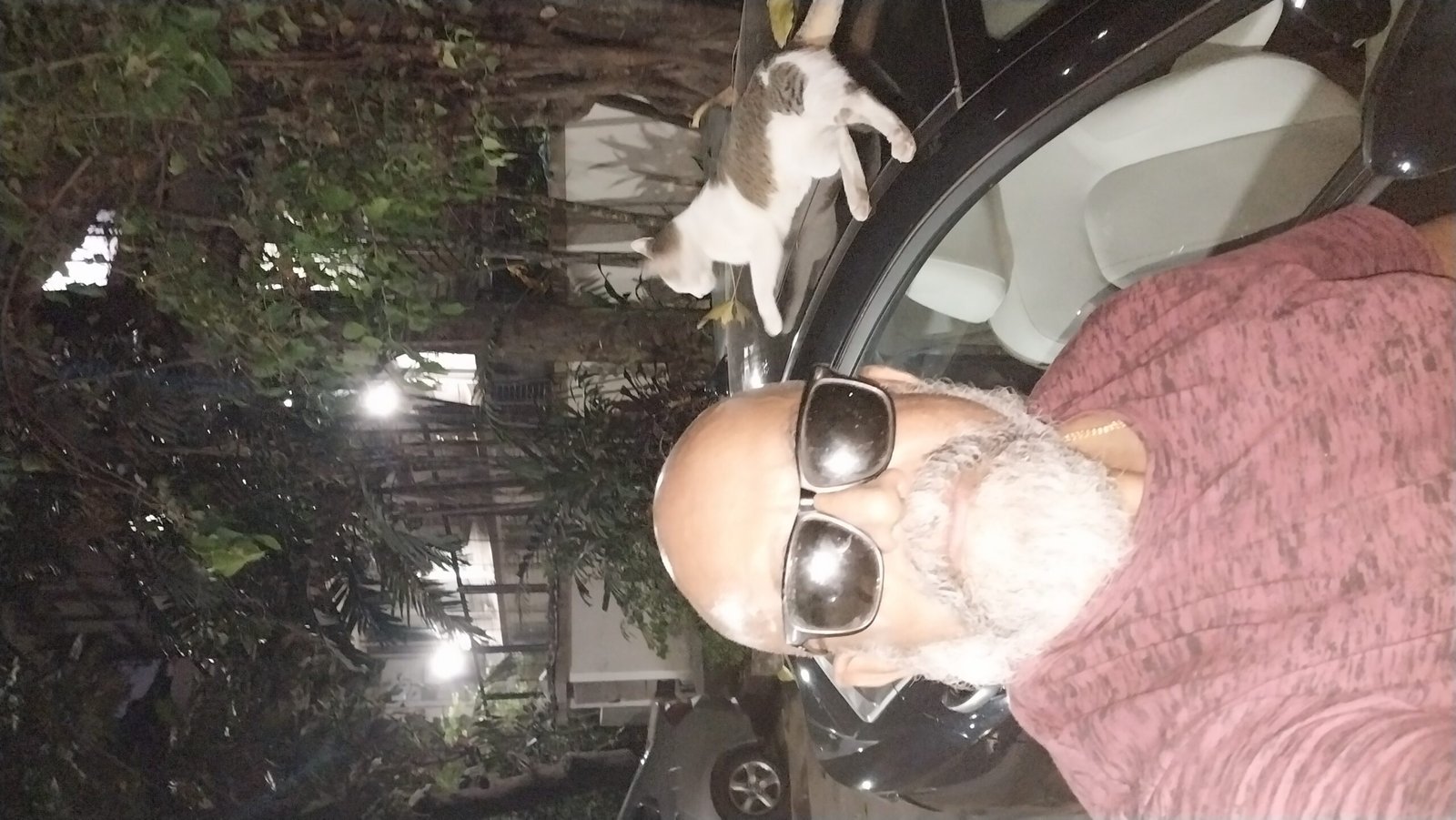
For some cats, touch is less important than simply being near their favorite person. They may not want to be held or petted, but they’ll sit nearby, content in your presence. This quiet companionship is a powerful sign of love. Attention can be fleeting, but the desire to share space with you is rooted in genuine affection.
Understanding the Heart of a Cat
The question lingers: do cats know the difference between love and attention? Their actions suggest they do. Through subtle gestures, routines, and deep bonds, cats reveal a capacity for love that goes beyond seeking attention. They choose their companions with care, express trust in quiet ways, and offer affection on their own terms. For those willing to listen, the message is clear—love, in the feline world, is real, nuanced, and beautifully unique.
Hi, I’m Bola, a passionate writer and creative strategist with a knack for crafting compelling content that educates, inspires, and connects. Over the years, I’ve honed my skills across various writing fields, including content creation, copywriting, online course development, and video scriptwriting.
When I’m not at my desk, you’ll find me exploring new ideas, reading books, or brainstorming creative ways to solve challenges. I believe that words have the power to transform, and I’m here to help you leverage that power for success.
Thanks for stopping by, Keep coming to this website to checkout new articles form me. You’d always love it!





